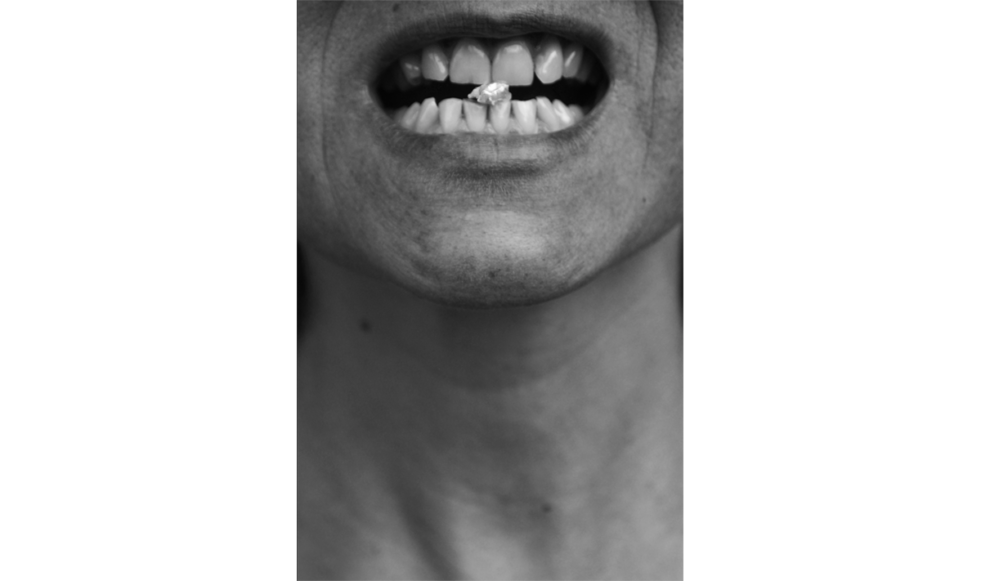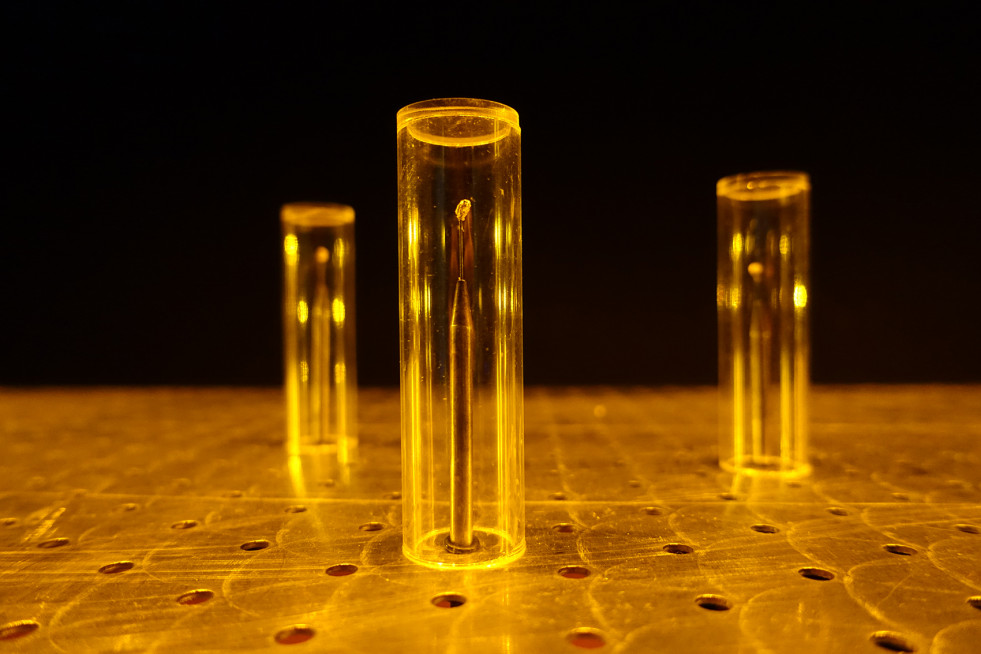Daguerrolito was a collective action carried out in Zagreb, Croatia. The action was based on the ingestion of twelve photosensitive pure silver grains.
The silver grains were exposed inside the body of their ingestors during the digestion process, capturing the image of their journey. This material, also known as silver iodide, is highly photosensitive and is a key component of the daguerreotype process. Over a period of 48 hours, the silver grains travelled through their respective hosts, transforming them into lucid cameras. During the photosensitive digestion process, they became a communal body that can be exposed to others and by others; a container carrying the silver grains that kept the traces of those actions.
Once expelled, the grains were developed and fixed, becoming silver mirrors that contained the memory of a body’s behaviour. Eight of the twelve silver grains returned, photographically inscribed, reciprocally in the bodies and the grains. Through the process of exploring these silver grains we become archaeological readers of a profane digestion. It is difficult to separate what is stone and what is body.
twelve people
twelve silver grains
iodine vapour
forty-eight hours of exposure inside a body
·
twelve iodide silver grains
encapsulated and ingested
will travel through the ingestors bodies
capturing the image of their journey
possessing their hosts and being possessed by them
eaten, digested and expelled
·
These twelve silver grains were iodised. Silver iodide is highly photosensitive and also used to produce artificial rain. This component is known in photography as Daguerrotype. The grains have to be vaporized with iodine until they become magenta and their edges like a blue mirror. Stable yellow light protects them from any other light exposure. Daguerrotypes are very sensitive to short wavelength electromagnetic radiation, but not to long wavelengths. Red orange and yellow light don’t exist in its sensitive spectrum. “Argentum” is a mirror.
ingestion
is
a movement
away
from the skin
the border
between
one side
and another
Each trace on this silver will hold the memory of a body’s behaviour. They are the chemical genetic components from which we are made. Geology becomes genetics, an infinite trail of inherited information that we casually walk through seemingly senseless to the fabric of the world.
Here the ingestor’s body may be said to know what technological instruments cannot. The body has escaped its self-contained condition, it is no longer master of its own destiny, the skin has been infiltrated—no longer a protective border between one side and another, blurring preconceived delineations. It is in this way that all borders, marks and lines function here, as constantly reassembling alchemic frissons, traces of change.

Through the process of exploring these grains we become archaeological readers of a profane digestion. It is difficult to separate what is stone and what is body.
Suddenly the body is no longer contained as an autonomous self, turning itself inside out in a series of events it becomes a site of continuous connection and re-composition. We become a ‘we’: a collective action between life and non-life, a hot mess of material reconstruction. We are an array of bodies acting upon one another, altering one another.
The transformation of things caused by contact or process leave their traces behind them, evidence of past events. Geological lines tattooed into landscapes that are durational, endlessly persisting through time. Bodily marks that allow you to know where you come from.

Daguerrolito occurred at Močvara (Zagreb) in October 2017, curated by Monica Bello as part of the exhibition The Invisible Around Us, and produced by Kontejner
The project was developed in collaboration with Sarah Bayliss, Blanca Pujals, Laura Emsley, Anja Mikacic, Hannah Fletcher, Adam Parkinson, Frane Marković and Matija Sinkovic.













